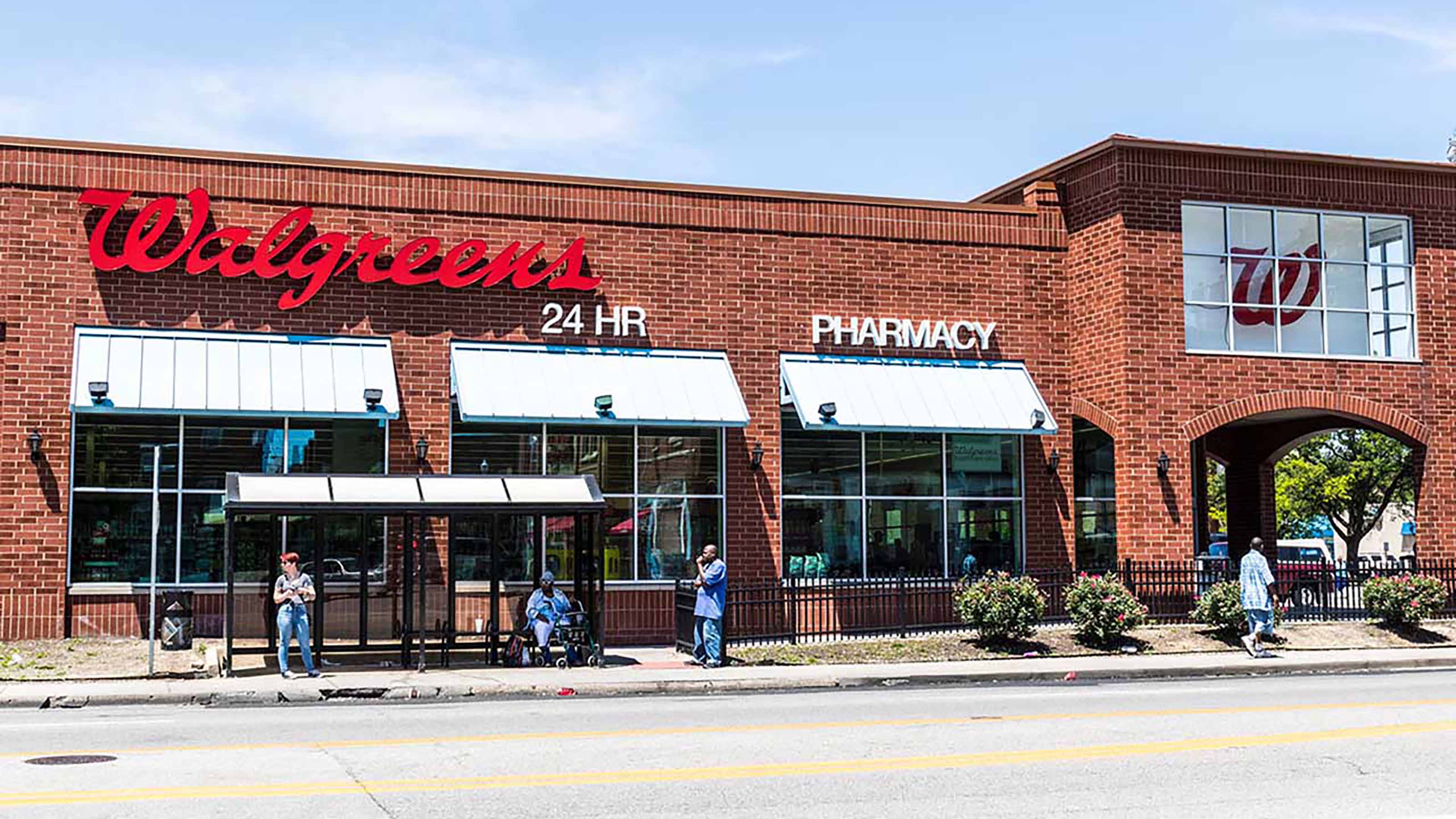
Walgreens Boots Alliance (WBA) stock is soaring Friday, up more than 20% to make it the best S&P 500 stock at last check, after the drugstore chain beat top- and bottom-line expectations for its fiscal 2025 first quarter and maintained its full-year profit forecast.
In the three months ended November 30, Walgreens' revenue increased 7.5% year over year to $39.5 billion, driven by growth across all business segments. Its earnings per share (EPS) declined 22.7% from the year-ago period to 51 cents.
"Our first-quarter results reflect our disciplined execution against our 2025 priorities: stabilizing the retail pharmacy by optimizing our footprint, controlling operating costs, improving cash flow and continuing to address reimbursement models," said Walgreens CEO Tim Wentworth in a statement. "While our turnaround will take time, our early progress reinforces our belief in a sustainable, retail pharmacy-led operating model."
The results handily beat analysts' expectations. Wall Street was anticipating revenue of $37.4 billion and earnings of 37 cents per share, according to CNBC.
Walgreens also maintained its full-year profit forecast, which calls for earnings per share in the range of $1.40 to $1.80.
Is Walgreens stock a buy, sell or hold?
Walgreens' troubles on the price charts have been well-documented. Indeed, heading into Friday's session, sharewere down more than 61% on a year-over-year basis. Unsurprisingly, Wall Street is on the sidelines when it comes to the consumer staples stock.
According to S&P Global Market Intelligence, the average analyst target price for WBA stock is $10.43, representing a discount of nearly 10% to current levels. Meanwhile, the consensus recommendation is Hold.
Financial services firm UBS Global Research is one of those with a Neutral (Hold) rating on the mid-cap stock, along with a $10 price target.
"We believe WBA's fundamentals remain challenged exiting [its] fiscal first quarter," wrote UBS Global Research analyst Kevin Caliendo in a January 5 note. "Pharmacy chain script growth has remained soft, flu season started later than last year, creating a difficult comparison for fiscal Q1, and retailer peers are calling out deal-seeking behavior by consumers and mixed commentary around holiday season sales expectations. However, this reflects more or less a continuation of the status quo over the past nine-plus months."







